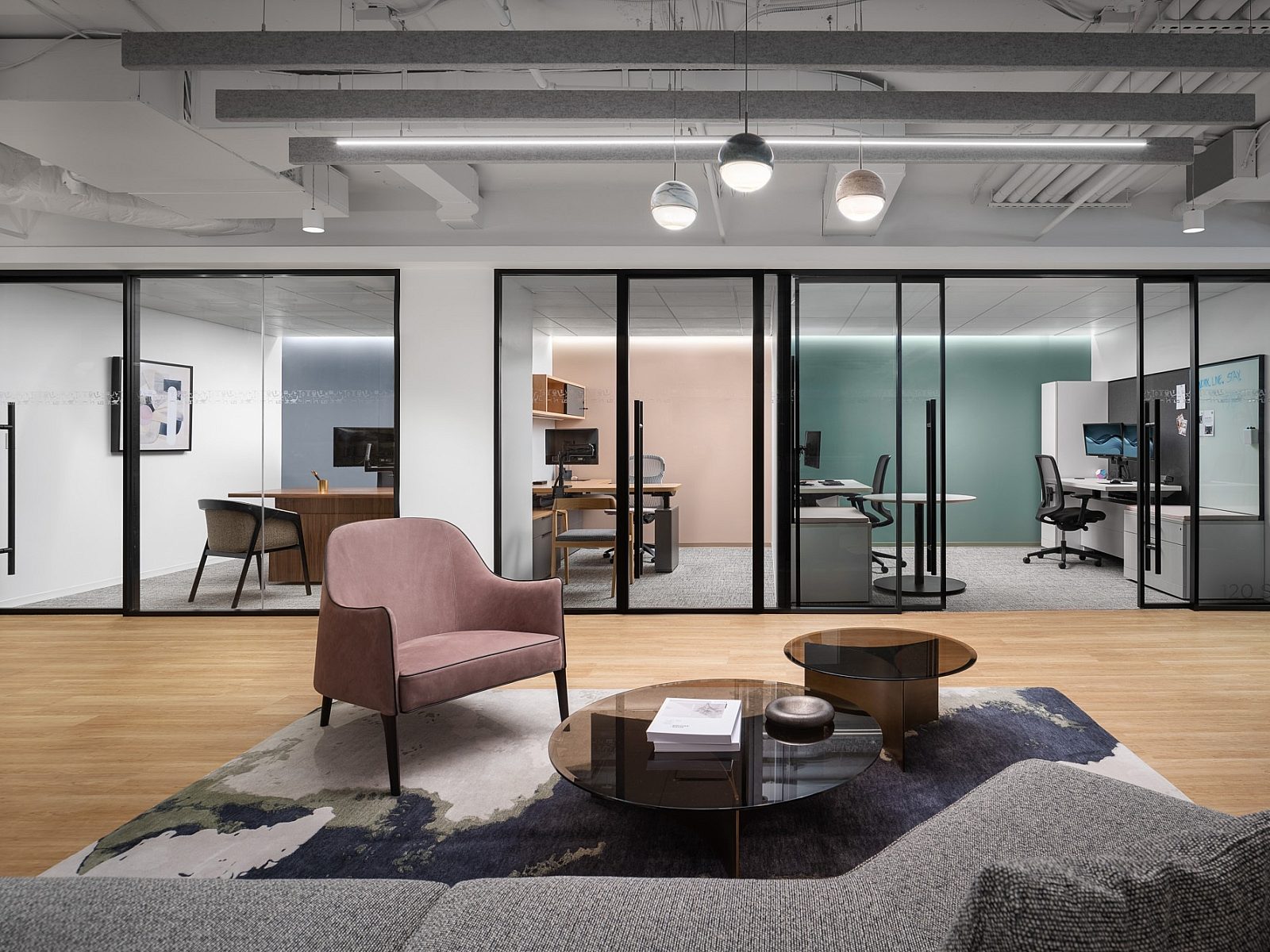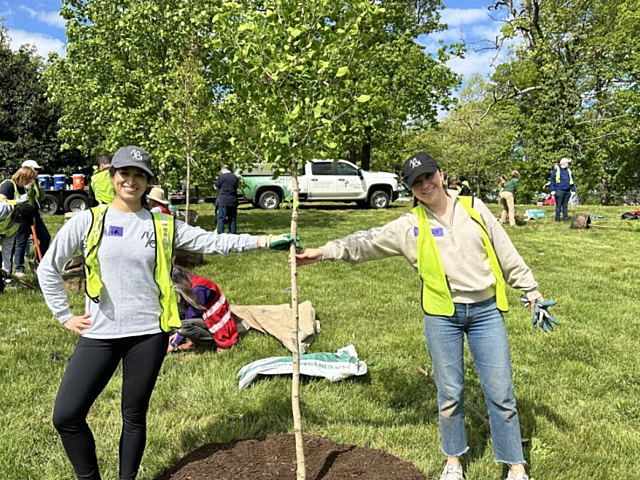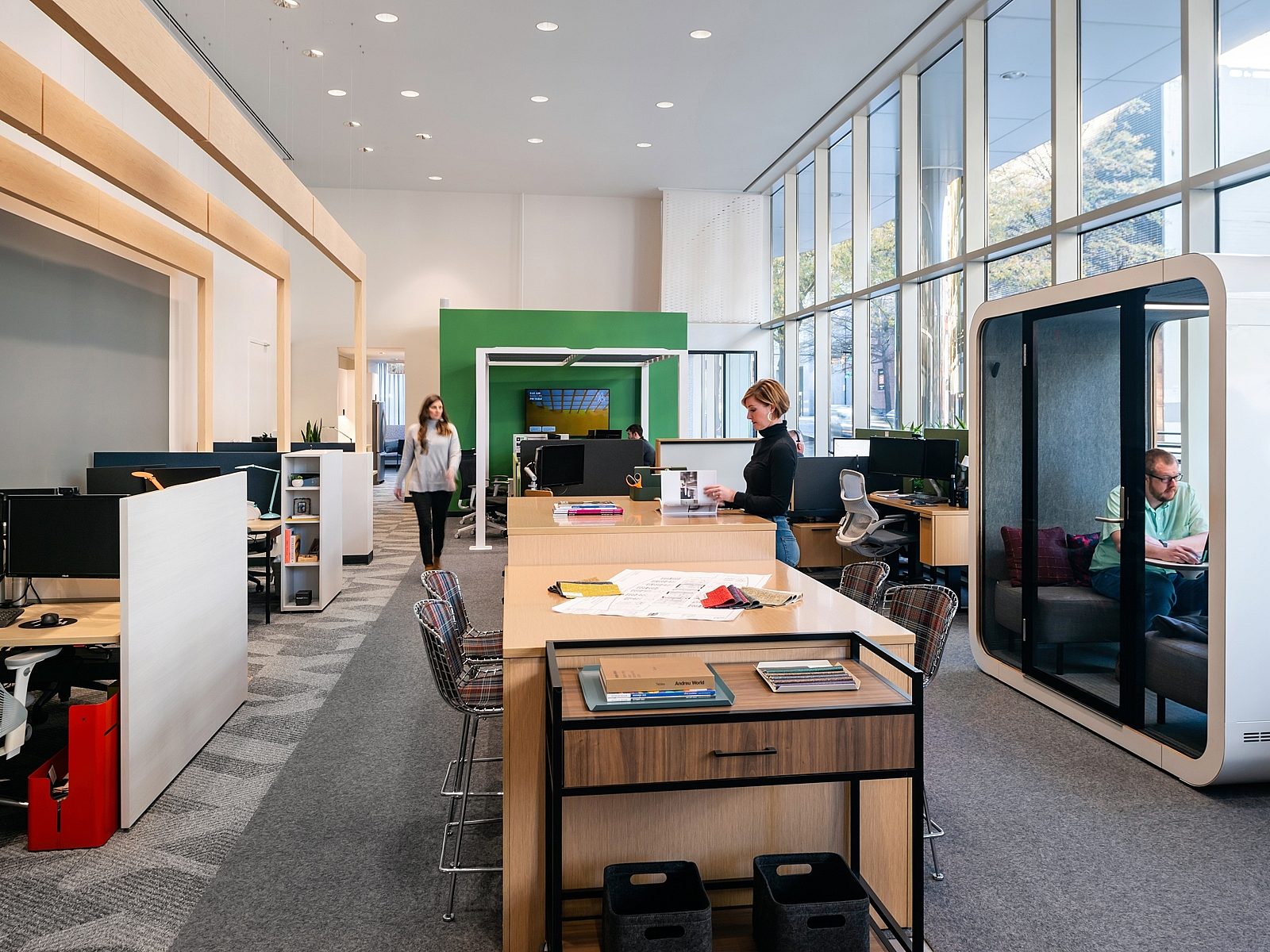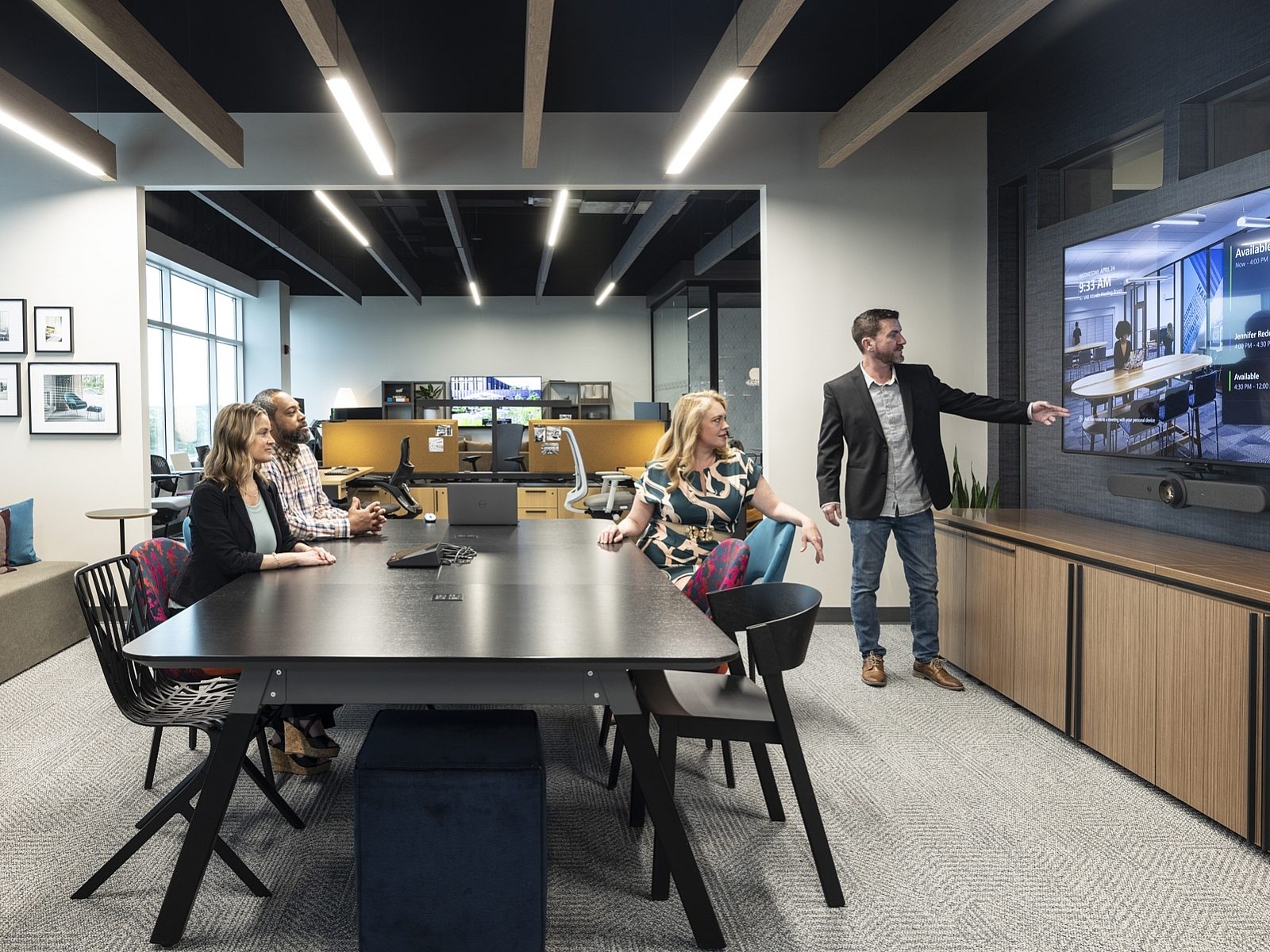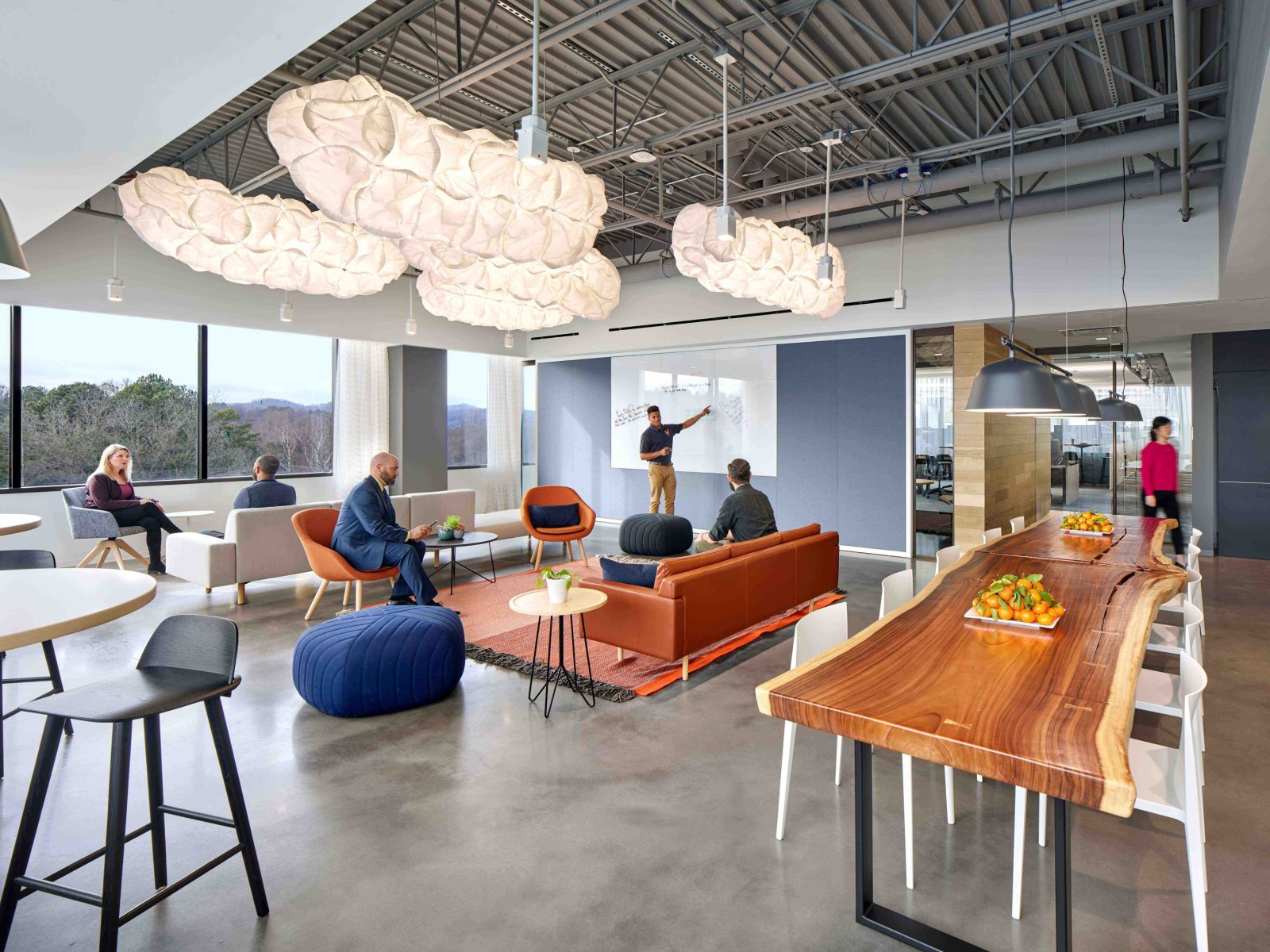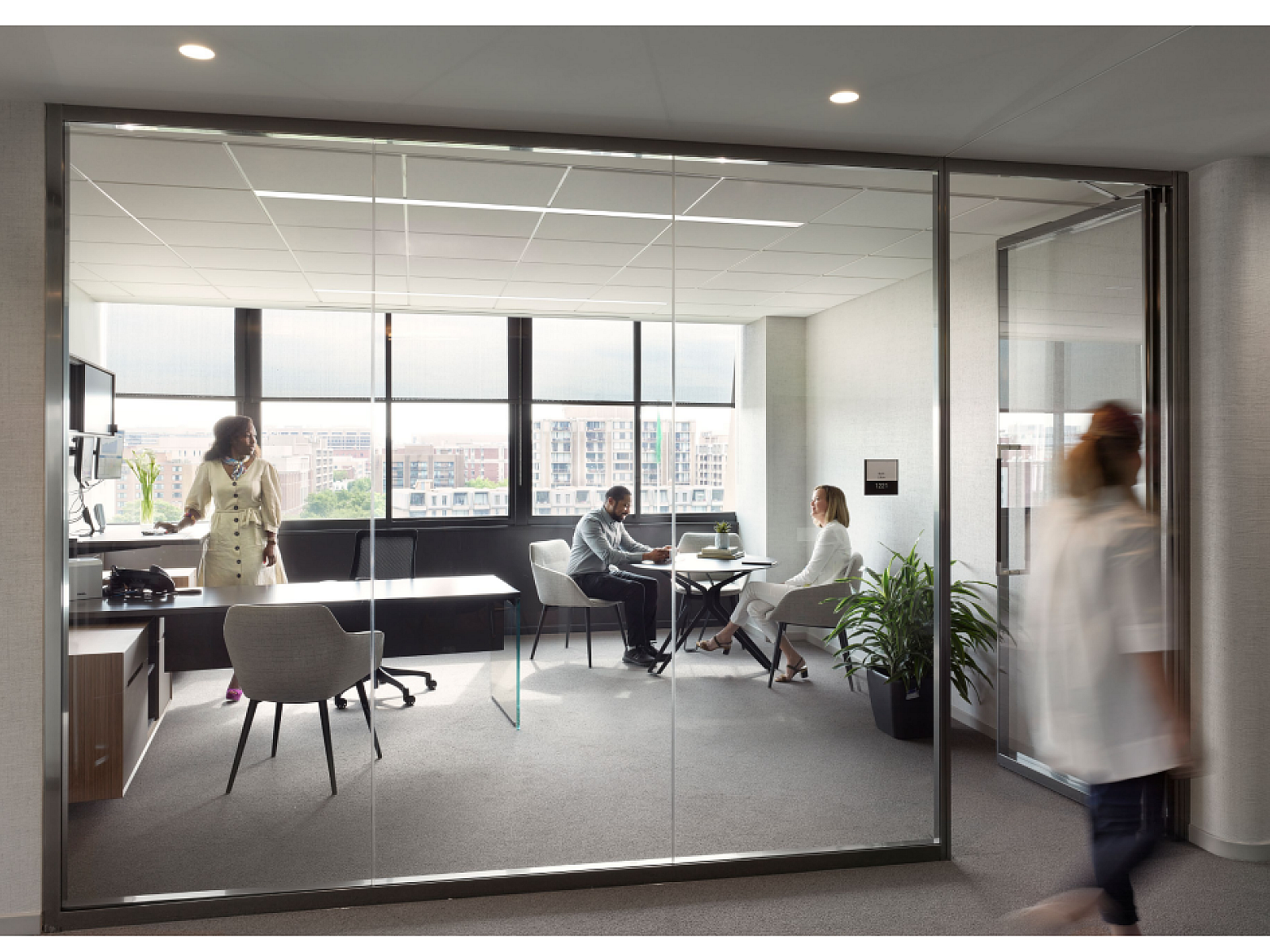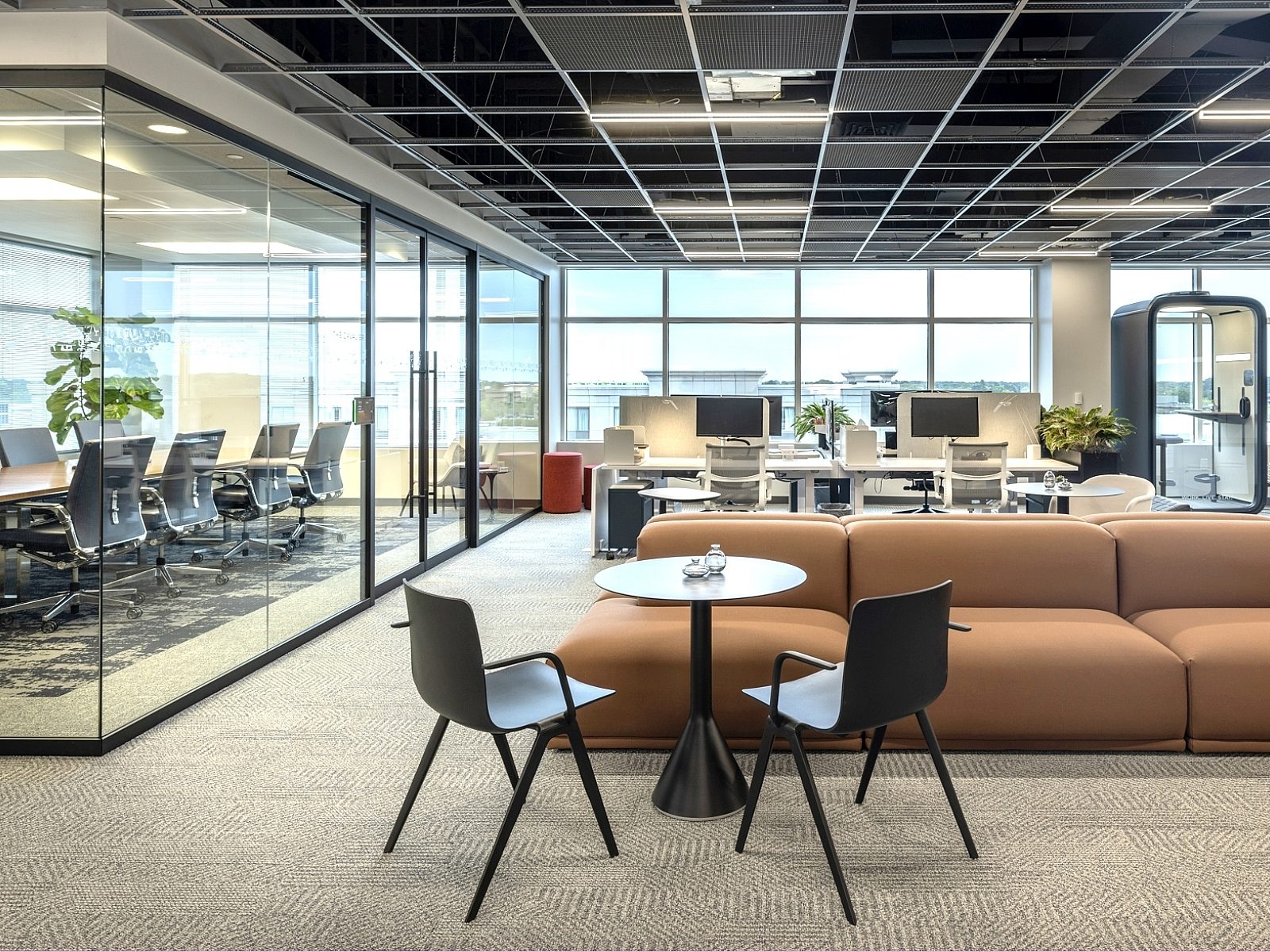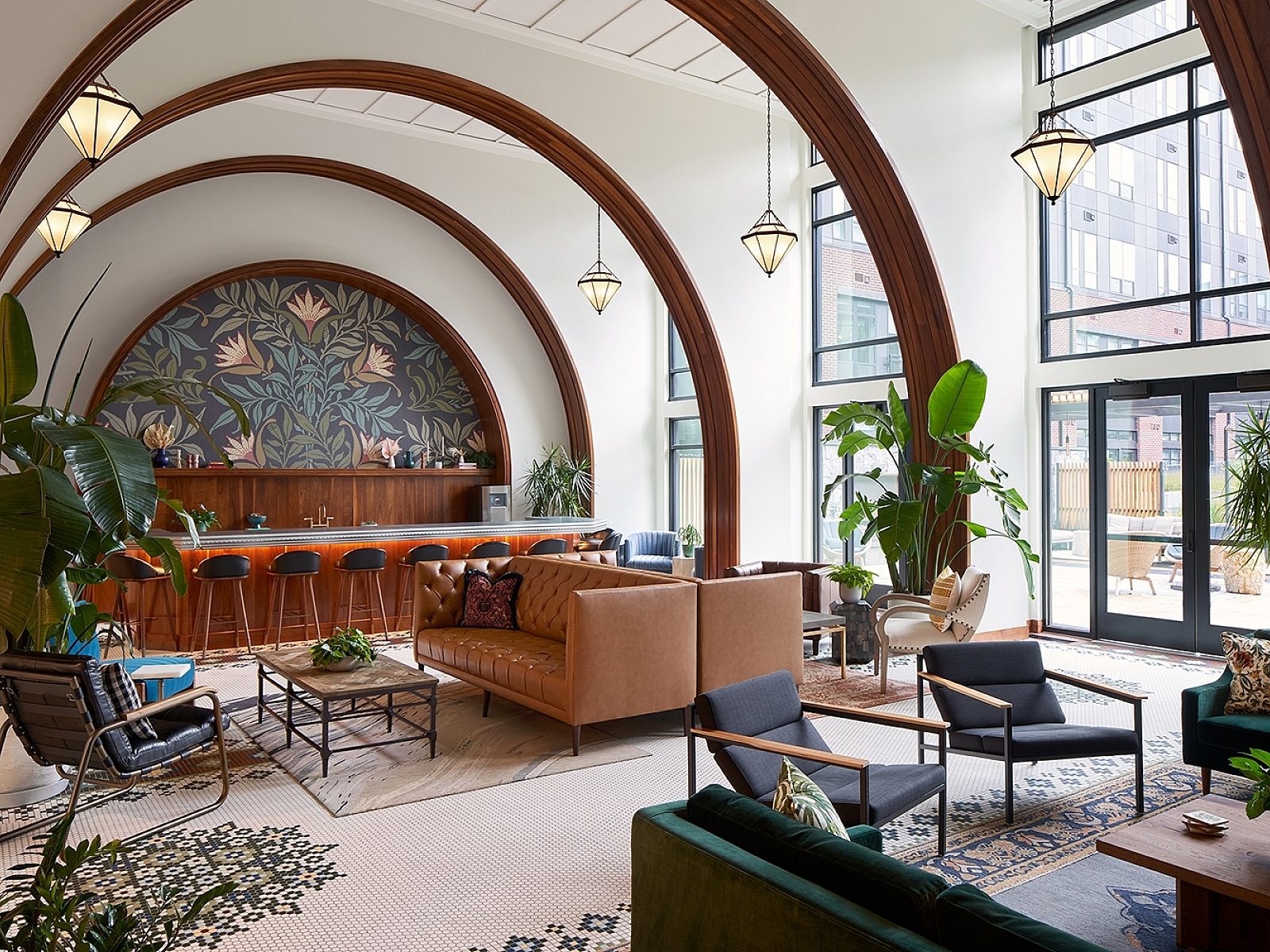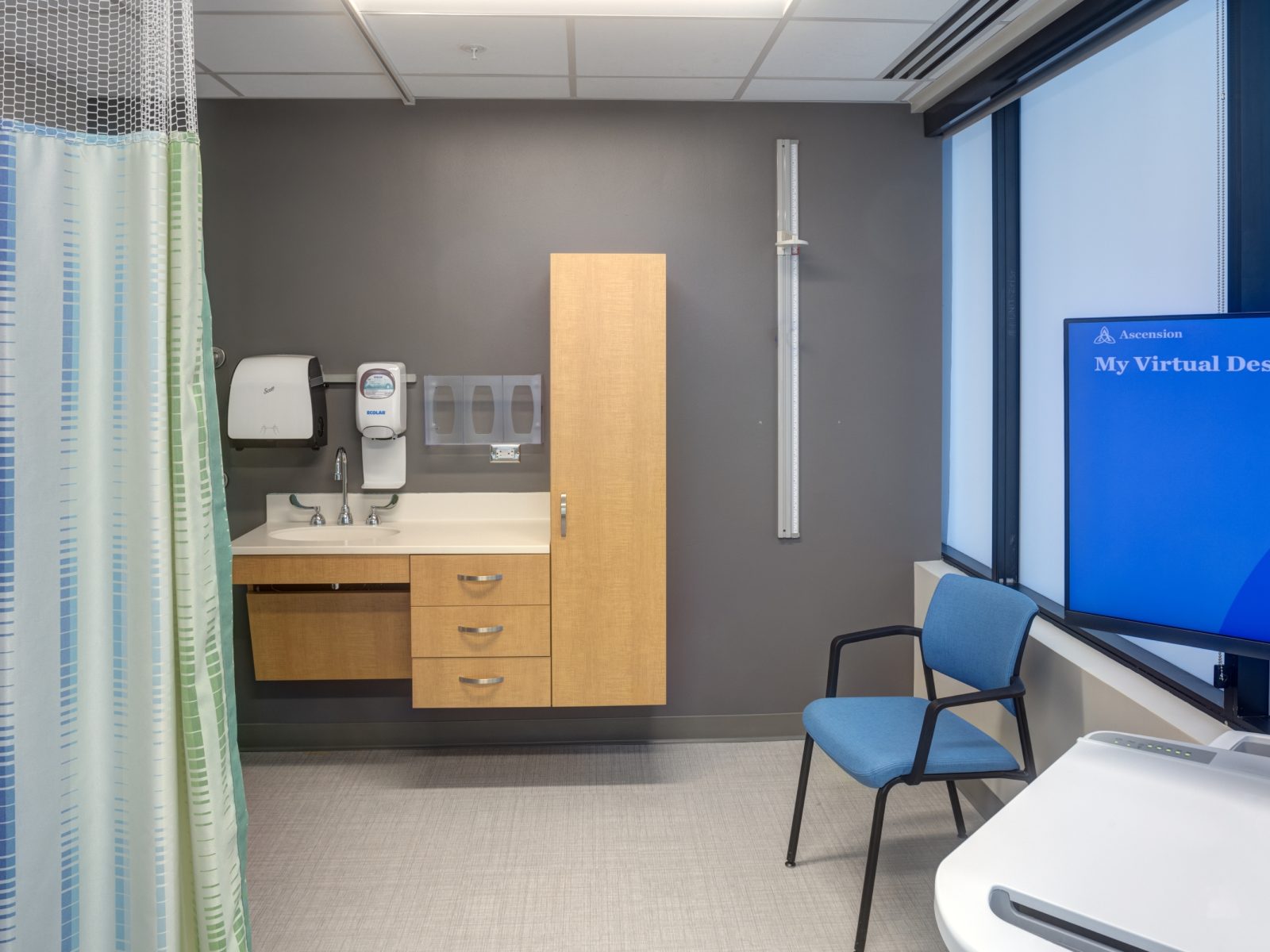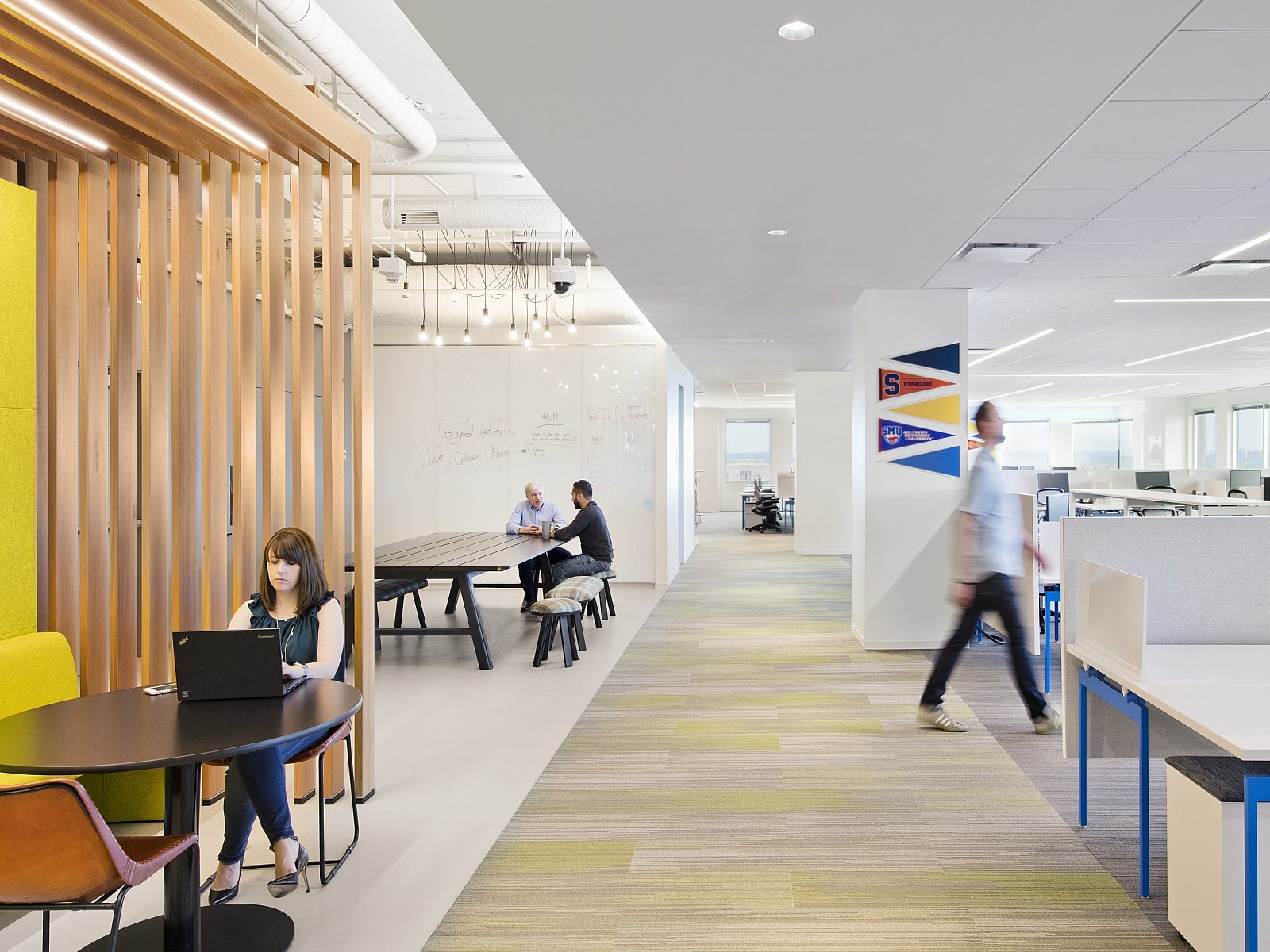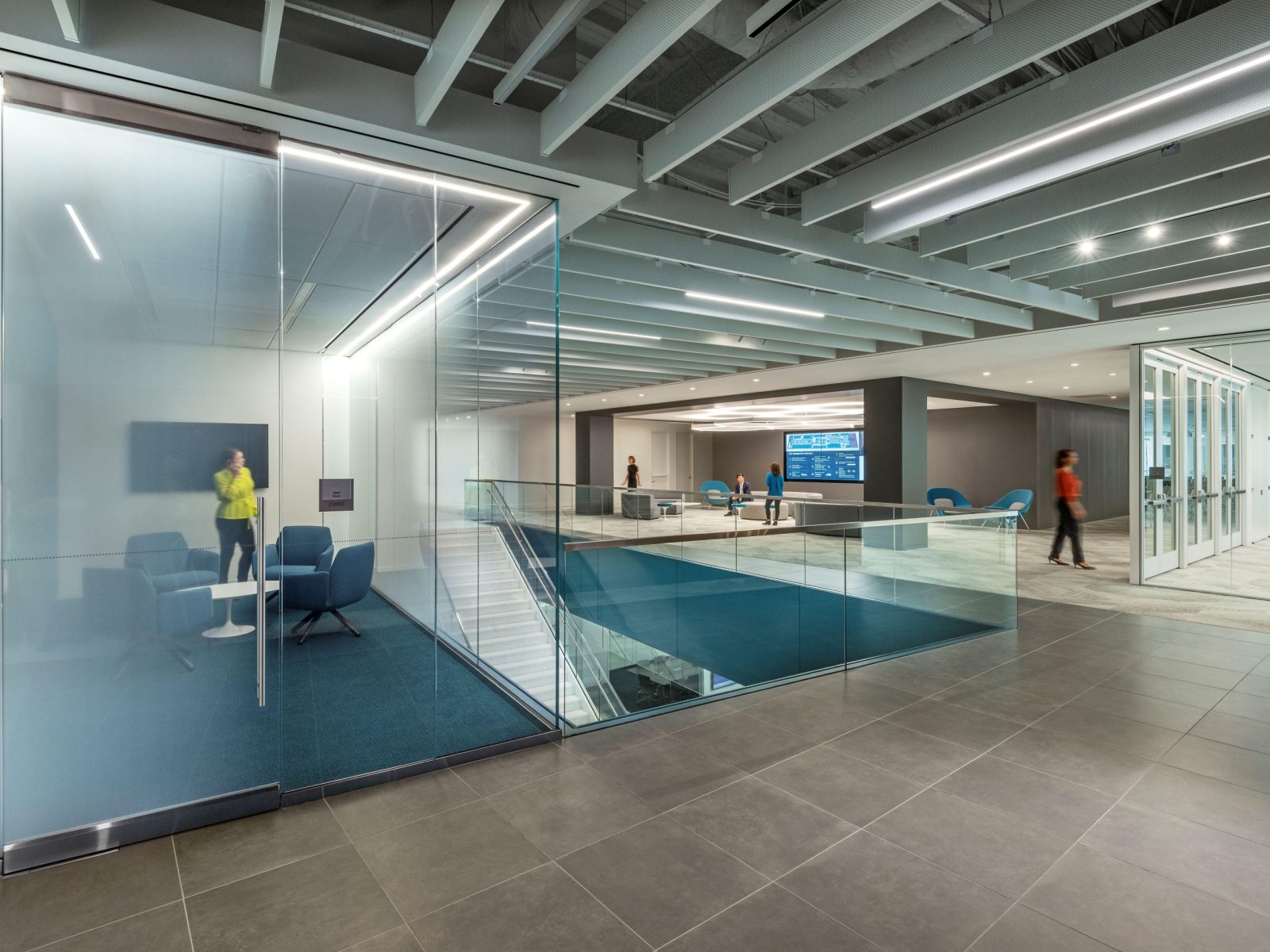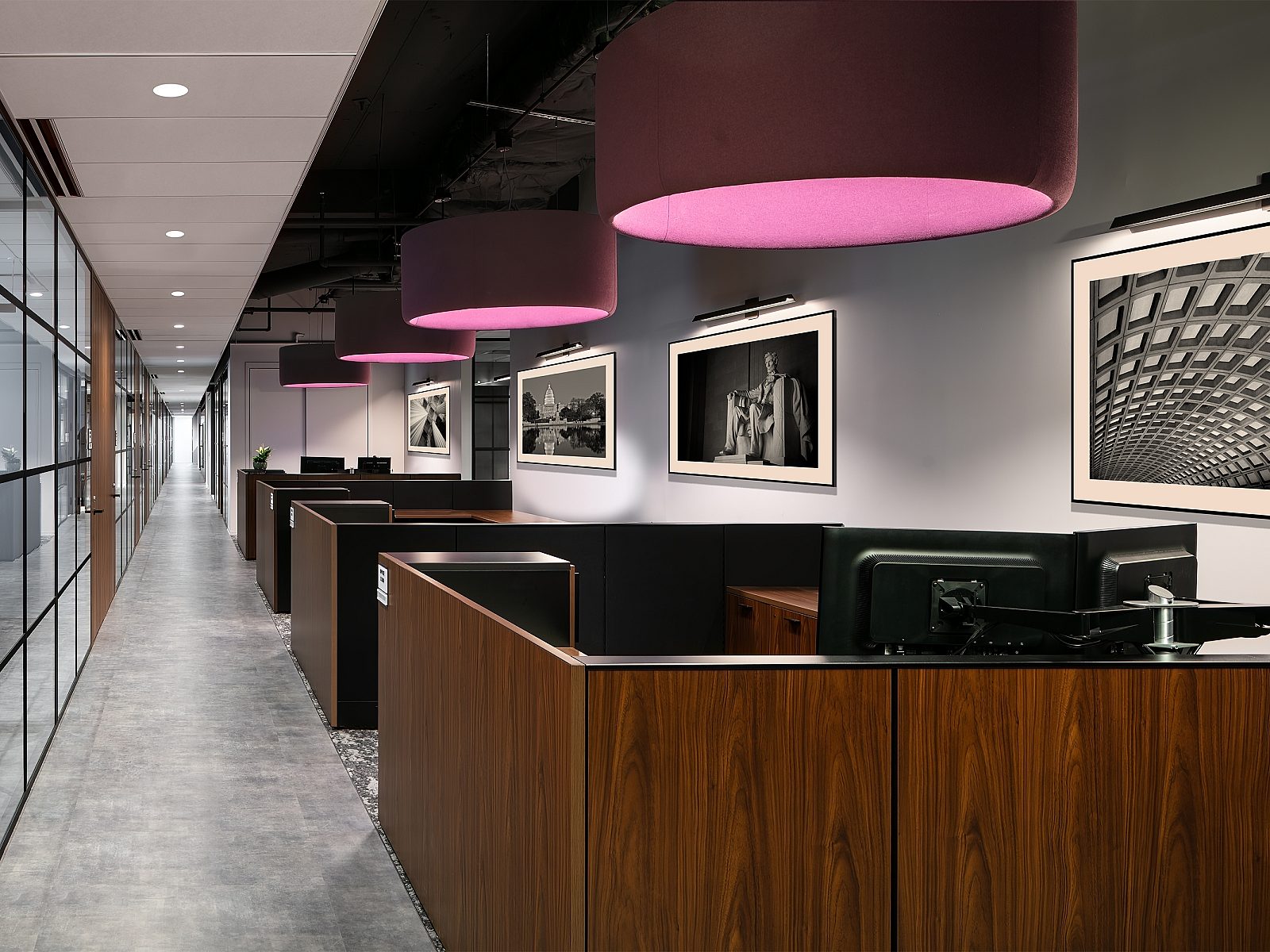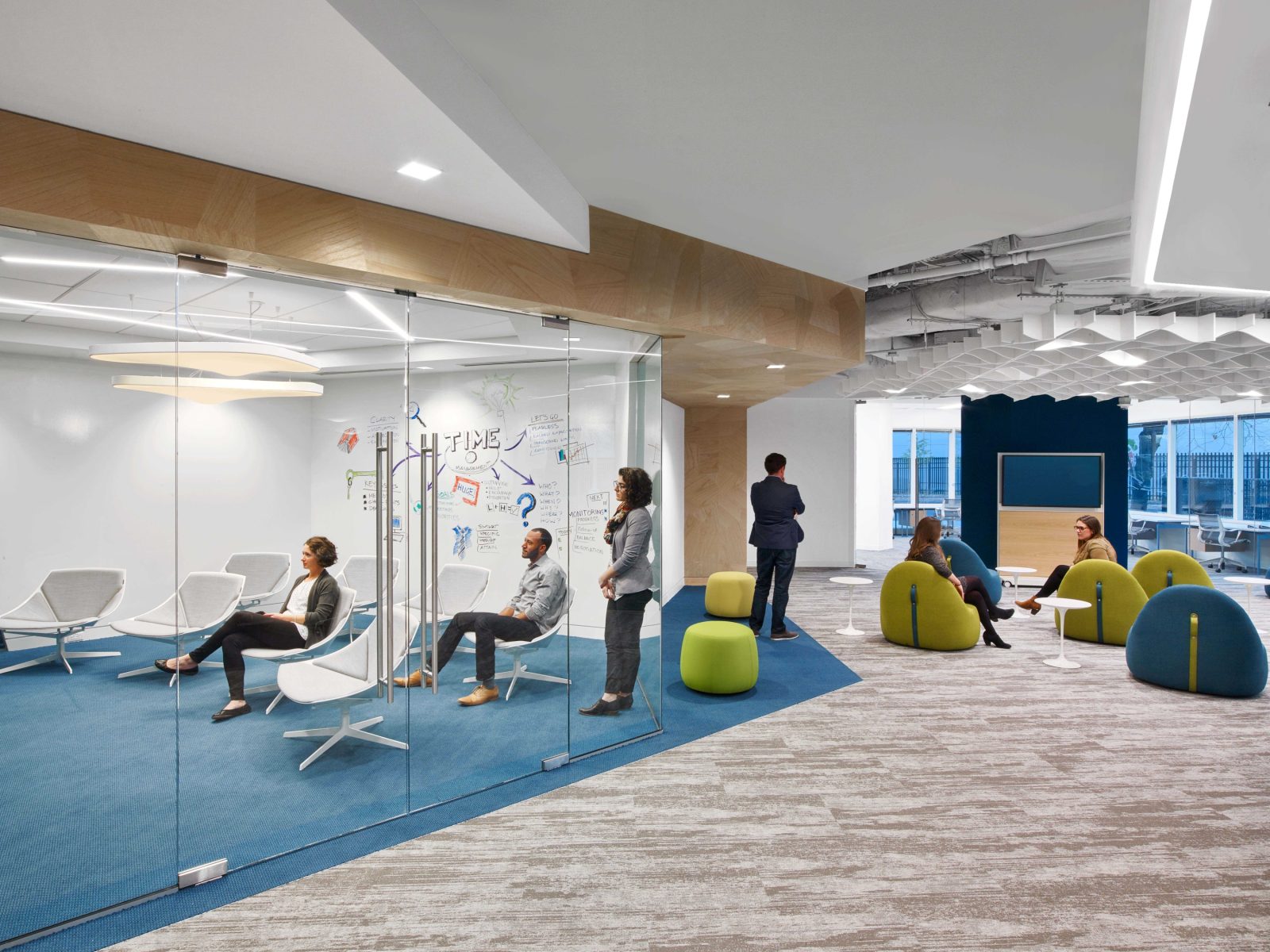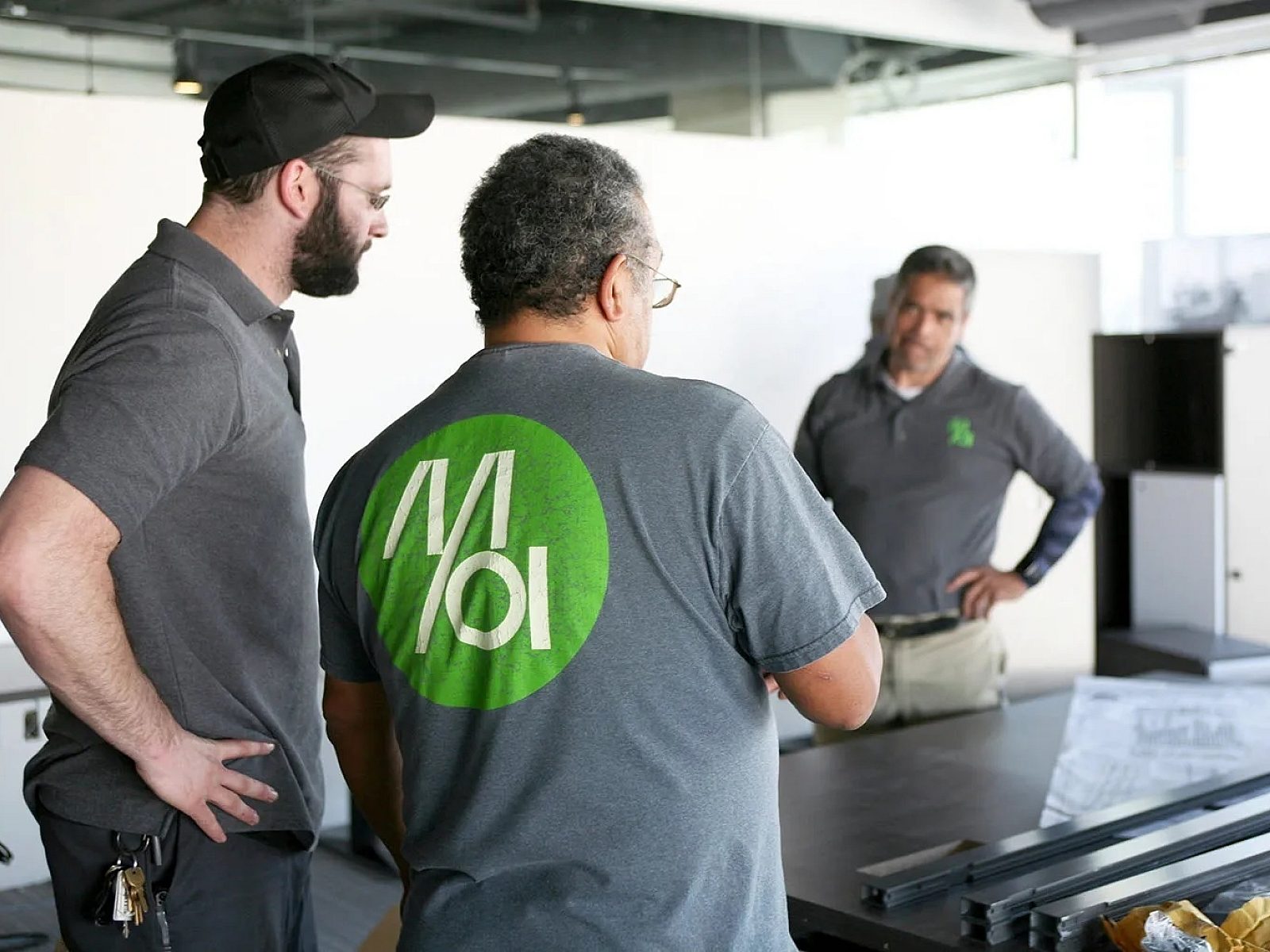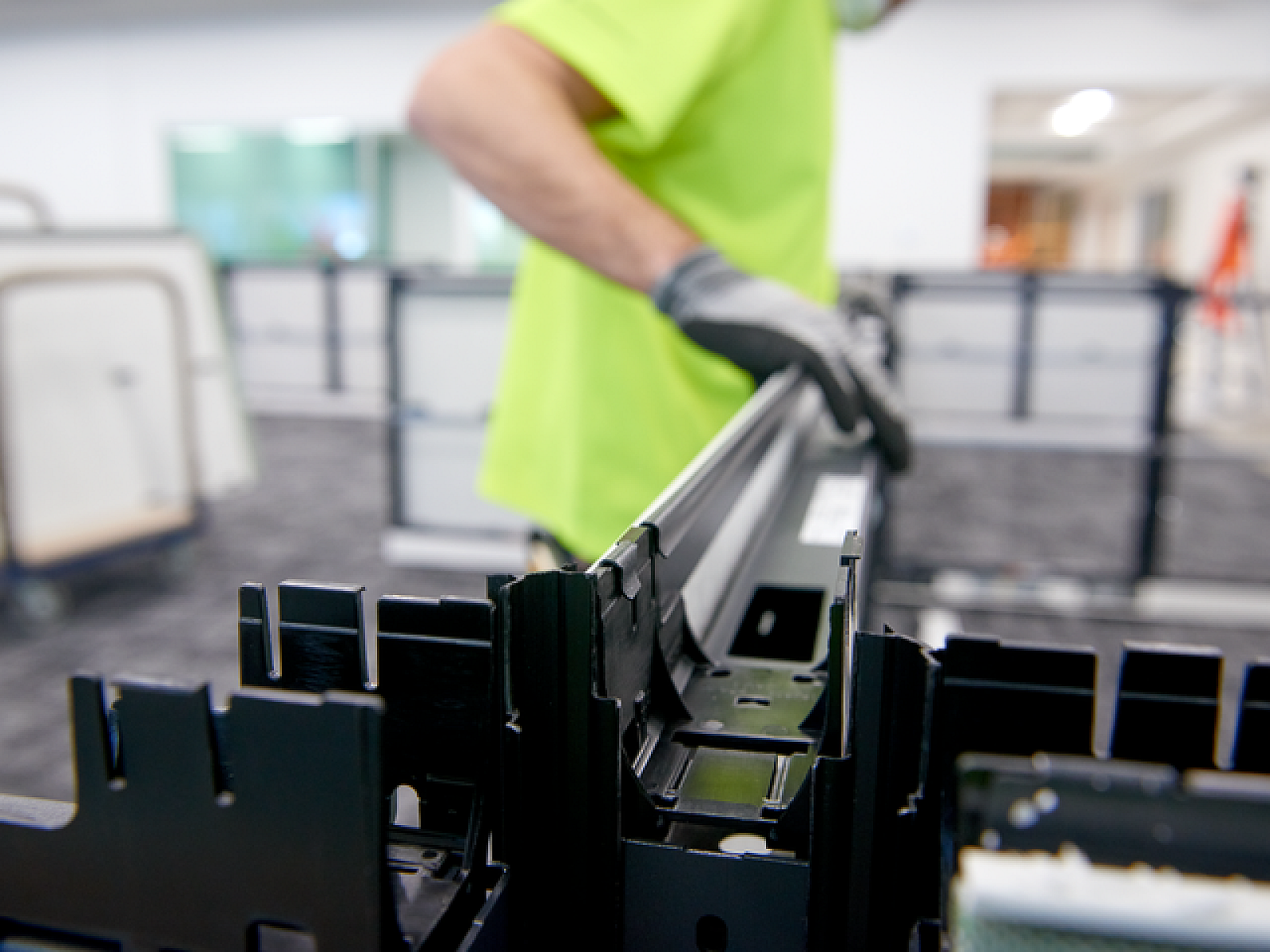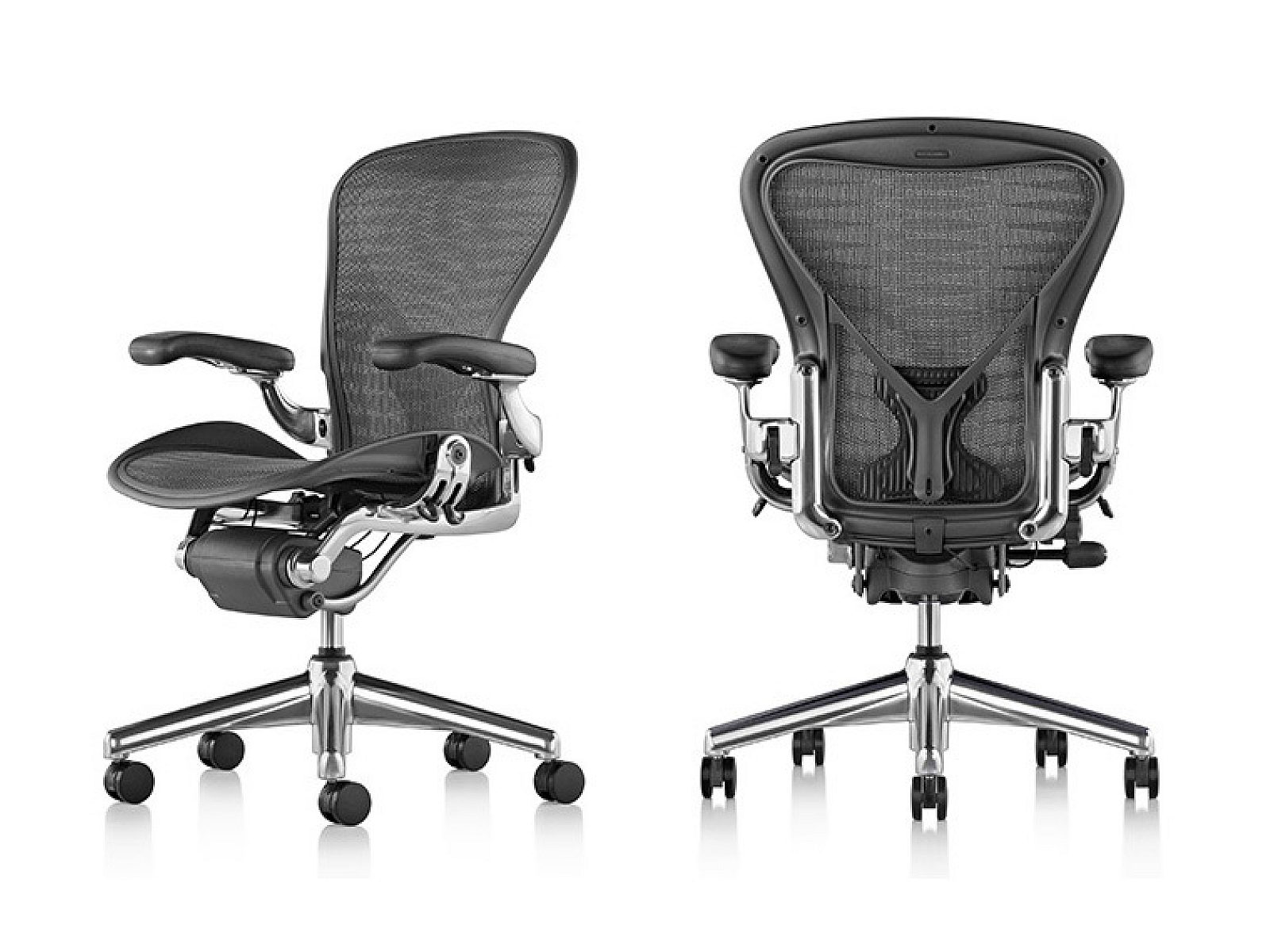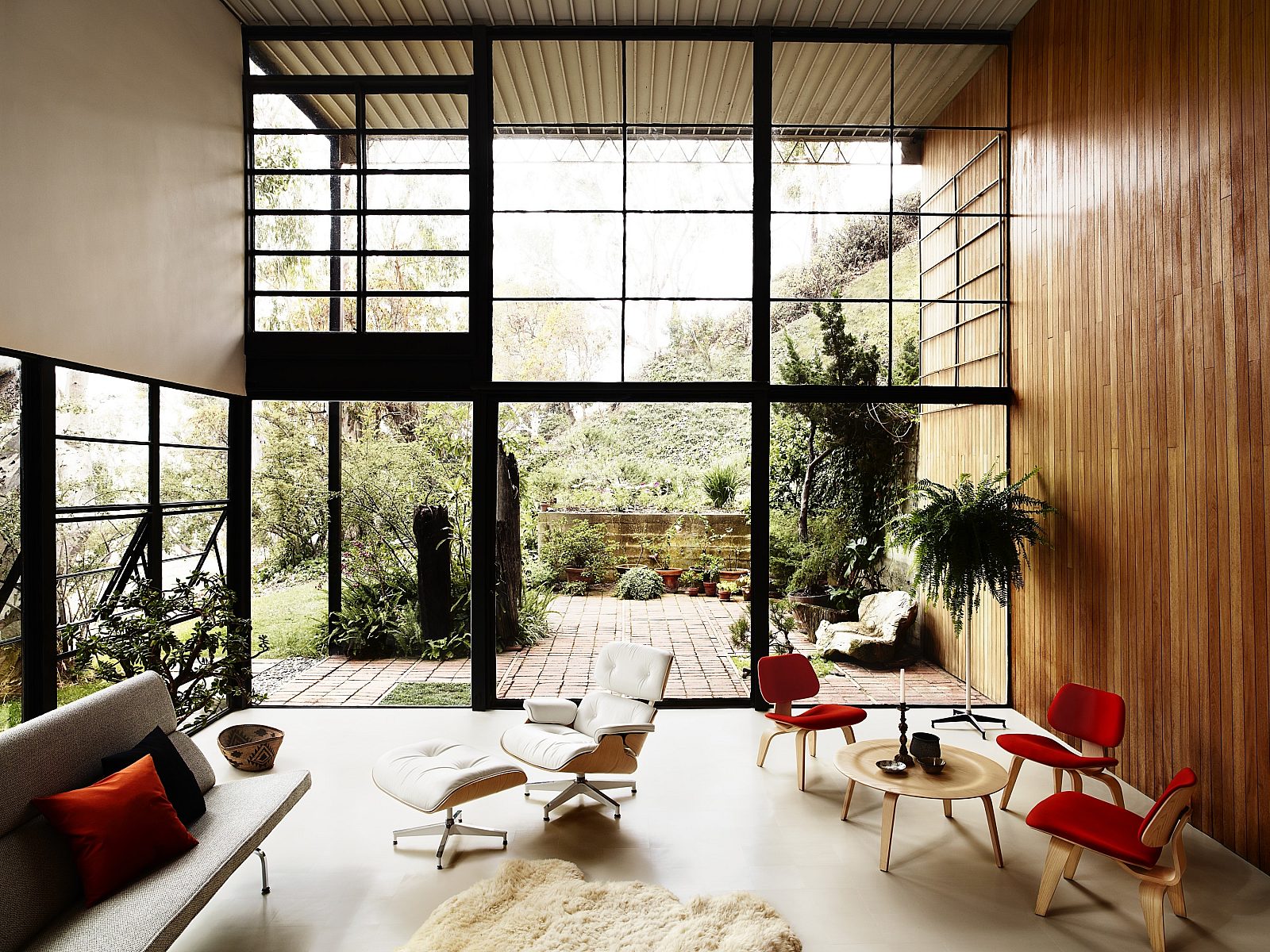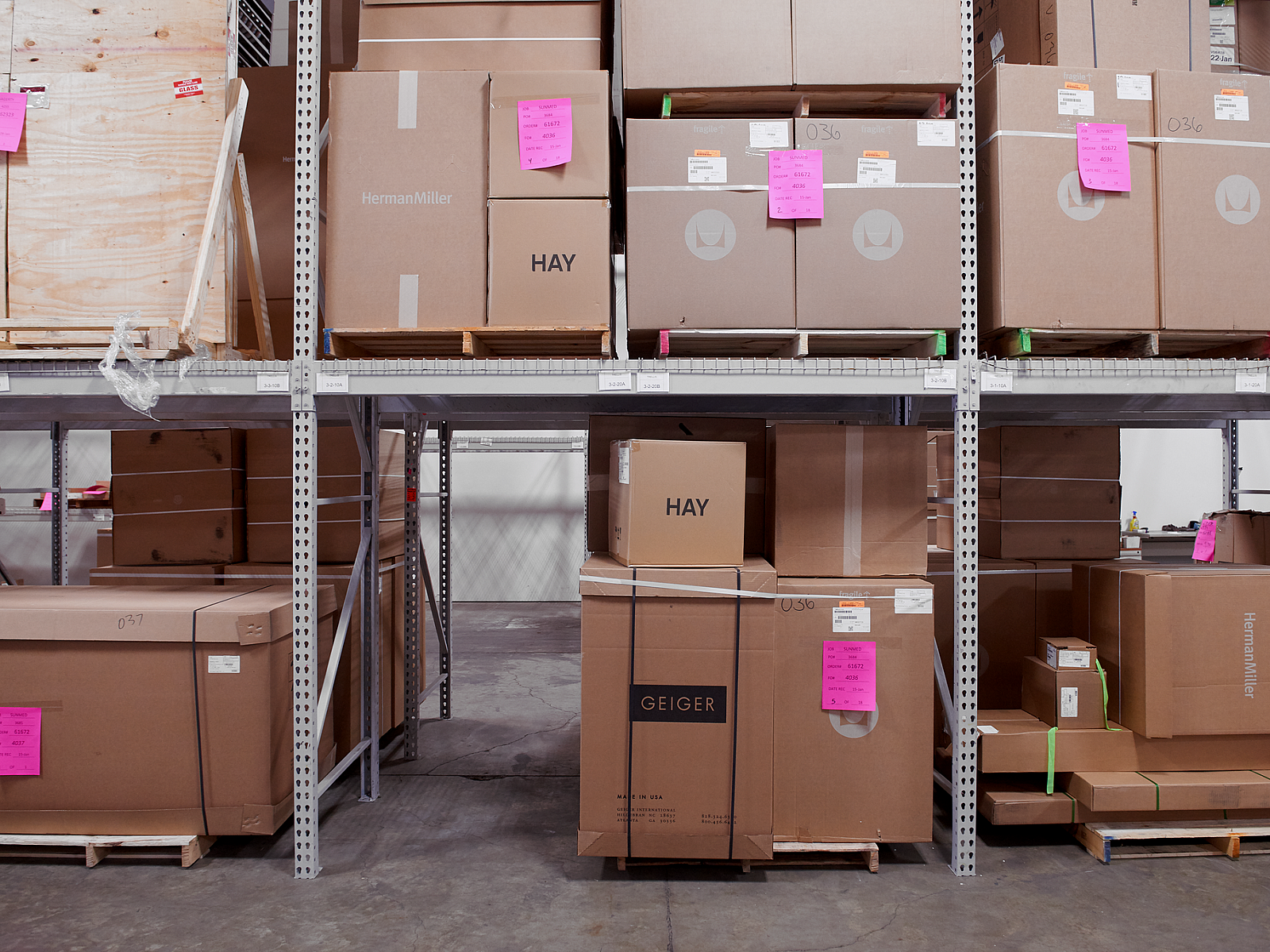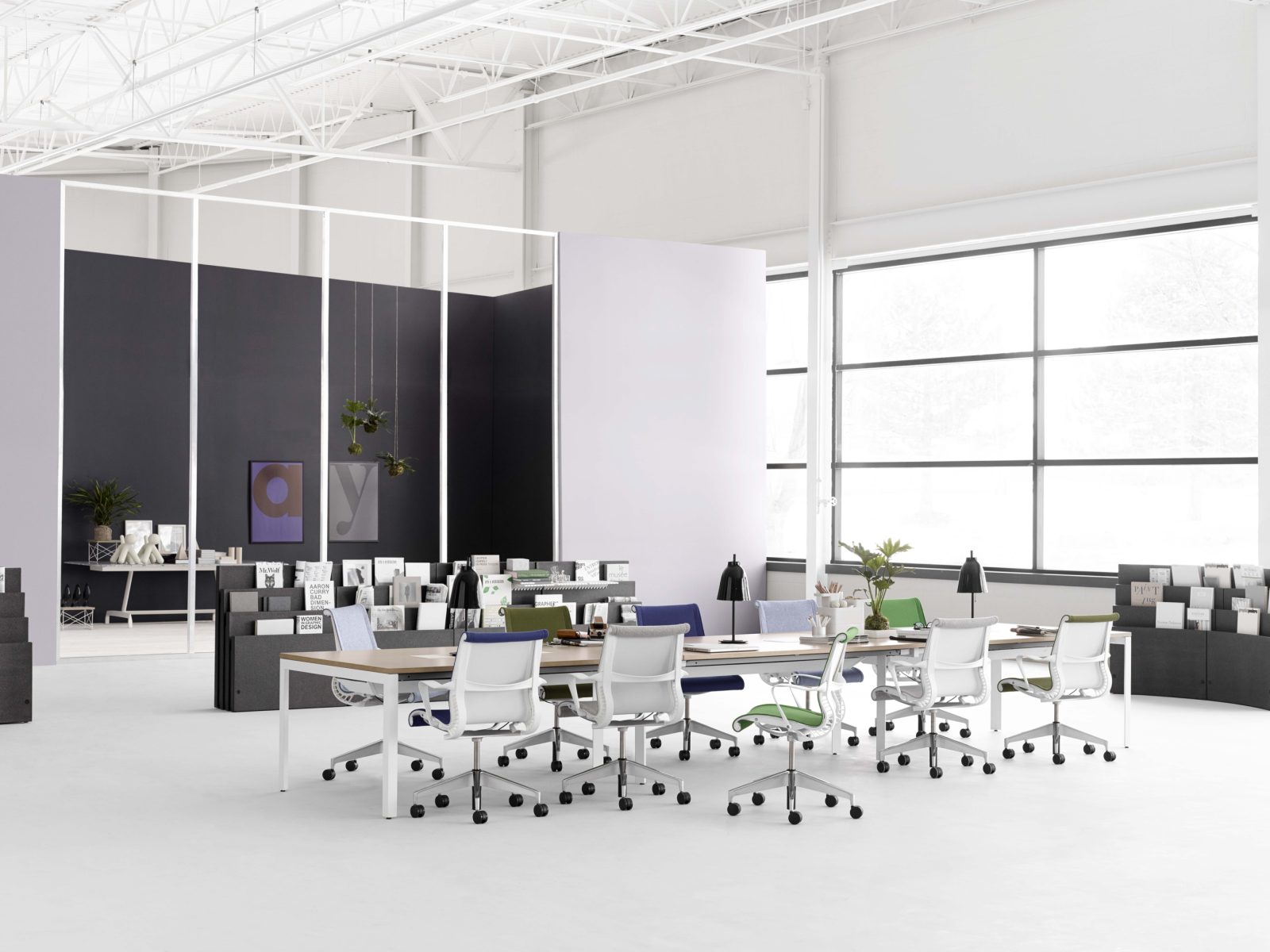Key Trends Shaping the Future
As we dive into fall we’re recognizing themes, not trends, shaping the places we work, live and stay.

At MOI, we don’t just follow trends; we help clients translate them into environments that work for their people. The workplace has always reflected the needs of the moment. This year, organizations face a unique convergence of priorities: hybrid work, employee well-being, sustainability, and community. Offices are no longer just about square footage, they’re strategic hubs that must inspire, connect, and support productivity.
At MOI, we partner with clients every day to design spaces that anticipate change while meeting today’s needs. Here are the five emerging workplace themes defining —and how organizations can leverage them to create environments where people thrive.
1. Hybrid-First Design Becomes the Standard
Hybrid work has moved from experiment to expectation. Employees want choice, and organizations must offer flexible environments that earn the commute. In practice, this means:
- Agile furniture layouts that can shift from team huddles to heads-down work.
- Modular architectural walls that provide privacy when needed and open up for collaboration when not.
- Technology-integrated meeting spaces that connect remote and in-person participants seamlessly.
“We’ve seen that hybrid-ready offices aren’t smaller, but smarter. They prioritize adaptability, so the workplace can evolve as needs do,” Alaa Saif, Director of Design.
2. Sustainability as a Business Imperative
What used to be a “nice to have” is now a baseline expectation. Clients, employees, and investors all demand proof of sustainable practices. Leading organizations are:
- Prioritizing sustainable materials in furniture and finishes.
- Selecting manufacturers with circular economy practices.
- Pursuing certifications like WELL and LEED to quantify impact.
For MOI, sustainability isn’t just about materials - it’s about stewardship. By designing adaptable spaces, we extend product lifecycles and reduce waste over time.
3. Well-Being Moves to the Forefront
The conversation about “healthy workplaces” has matured. It’s no longer about a few standing desks; it’s about holistic well-being. Offices now feature:
- Biophilic elements like natural light, greenery, and textures that reduce stress.
- Acoustical control for focused work.
- Ergonomic solutions that support posture, movement, and comfort.
- Wellness rooms and recharge spaces to prioritize mental health.
- Investing in employee well-being drives retention and productivity. It signals to employees that they are valued.
4. Offices as Community Hubs
If employees can work anywhere, why come into the office? Increasingly, the answer is community. Offices are shifting to become hubs for connection:
- Hospitality-inspired design with lounges, cafés, and social spaces.
- Multi-purpose areas that support workshops, town halls, and celebrations.
- Neighborhood-style layouts that foster belonging across departments.
- These design choices transform the office into a place employees want to be, not just have to be.
5. Future-Proofing with Flexibility
- The only constant is change. Whether it’s growth, contraction, or new business models, work environments must be built to flex.
- Demountable walls allow spaces to adapt without costly renovations.
- Movable partitions and furniture let organizations right-size teams quickly.
- Technology infrastructure supports long-term adaptability.
Future-proofing means organizations can stay resilient, no matter what comes next.
The workplaces that succeed now won’t just follow trends—they’ll strategically integrate them into environments that support people and performance. At MOI, our role is to help organizations translate vision into spaces that work today and evolve tomorrow.

